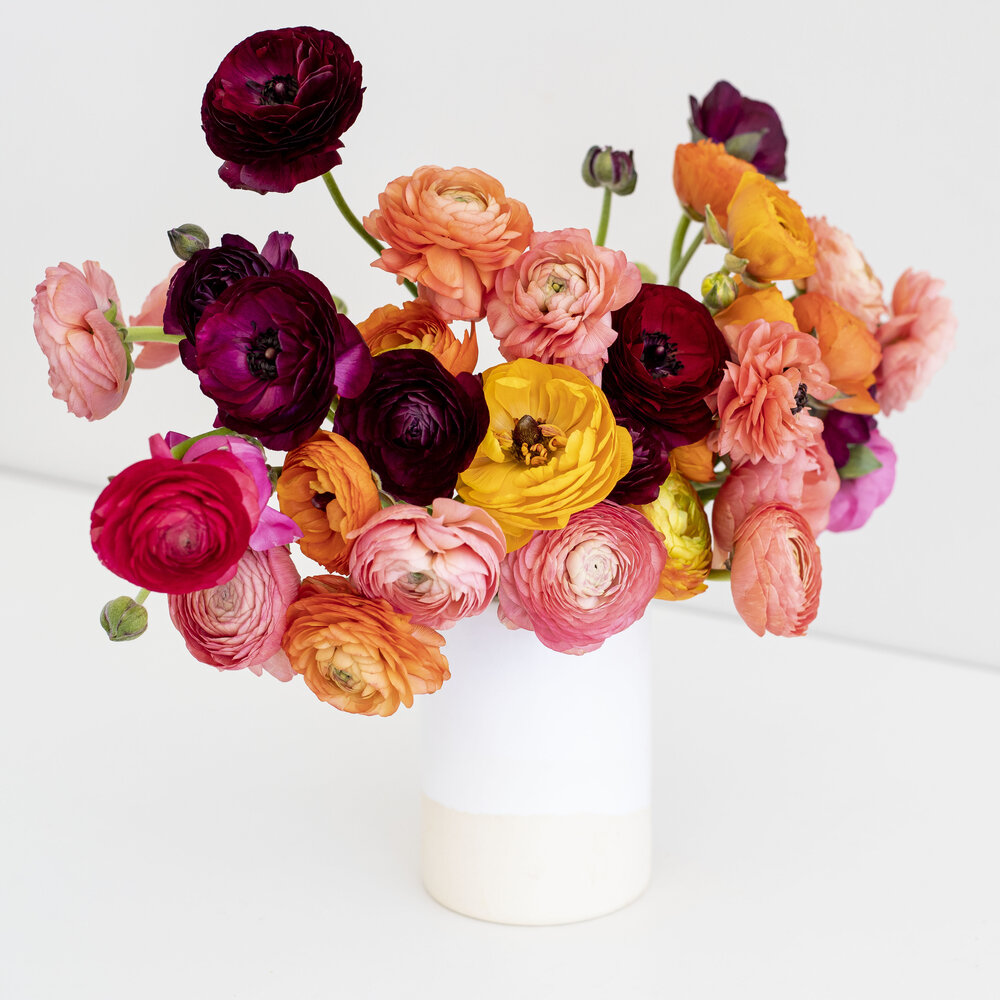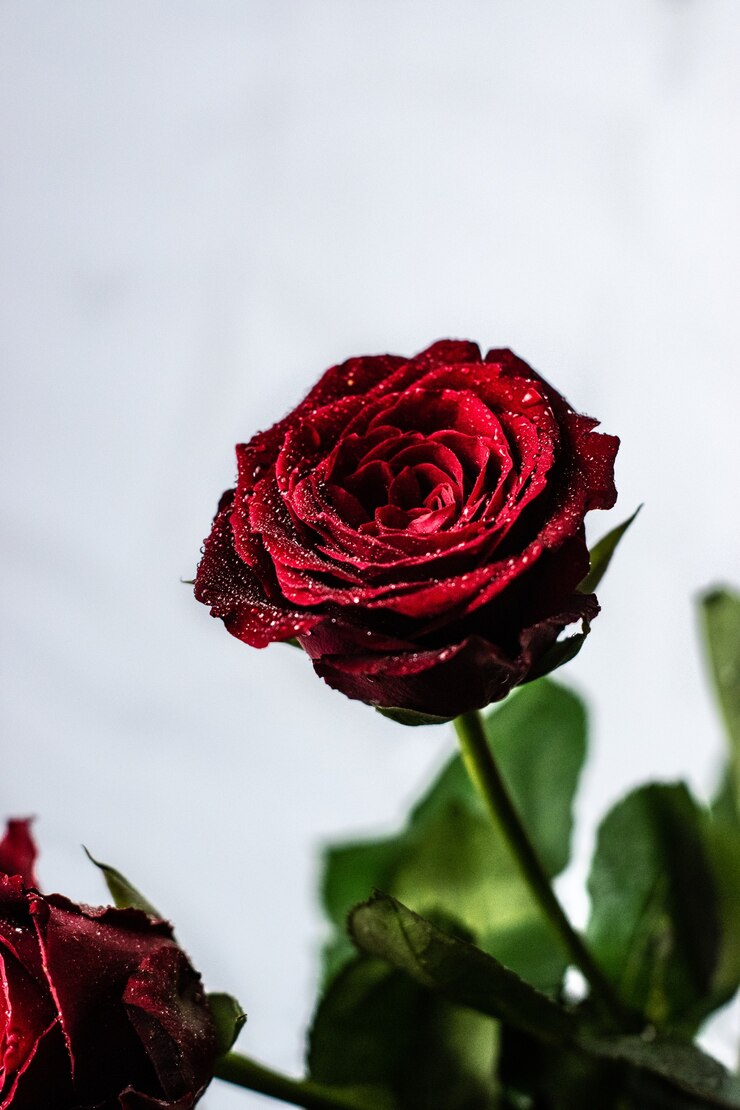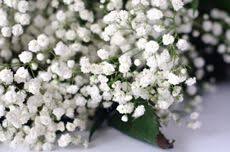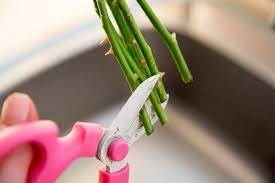
How Do I Care for Hydrangeas?
Hydrangeas are
gorgeous flowers and are a favourite addition to both vased arrangements and
bridal bouquets. As pretty and premium as
they are, they have been accused of giving mixed messages: “I’m easy to care
for” and “Oh look, you gave me water but I’m still gonna wilt”.
Are they easy to
care for? Yes. Do they need you to “tilt” your head to the
left and stand on your right leg?
Somedays, yes! “Hydra” comes
from early Greek and means water. The
mere inclusion of this term has hydrangeas longing for water and more
water. Clean water, of course! Anytime your hydrangea is out of water, for
even a few minutes, always give it a fresh cut on an angle before inserting it back
into water. A fresh cut keeps the stem
open.
Hydrangeas are
one of the few special plants that draw moisture in through both their multiple
florets AND their leaves on the stems.
For best results, remove as many leaves as possible so the water goes
directly to the florets.
Below are simple steps to care for your cut hydrangeas:
1.
When your get your cut hydrangea home from the
flower shop, always recut the stem on an angle and then insert directly into
clean, room temperature water. Do not
place in direct sunlight and keep away from heat sources. Remove any unnecessary leaves.
2.
Every 3-4 days, recut those stems again and
place in new, clean, room temperature water.
Humans don’t like drinking dirty water, neither to cut flowers.
3.
Repeat these steps as needed and your hydrangea
should last you 5-7 days or even more.
It’s tough to say exactly how long they will last as exposure to heat,
dry air and other environmental factors in our homes affect the lifespan of cut
flowers.
Why are they Difficult? And, how can I revive my wilting hydrangea?
Since hydrangeas
drink through their florets, if you need to revive a wilting hydrangea, one
method is to simply submerge the entire stem, florets and all into water and
let it soak for a couple of hours. The
water temperature should be at least room temp but don’t be afraid to use
warmer water (think baby bottle on the wrist warm) and within a couple of
hours, your hydrangea should bounce back to its former glory.
Why Warm Water?
The hydrangea stem is quite sturdy, almost wood like and within the stem is a sap like substance that can clog the stem preventing the stem (lifeline) from getting water to the blooms. Think clogged artery and its difficulty getting a healthy blood supply to the heart. By warming the stem, the sap moves freely and your stem provides an open transportation system for the blooms to receive water.









